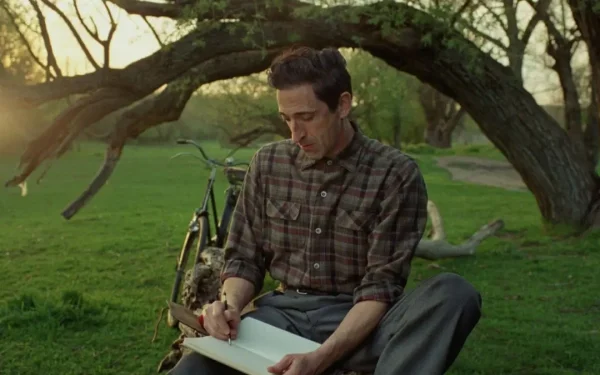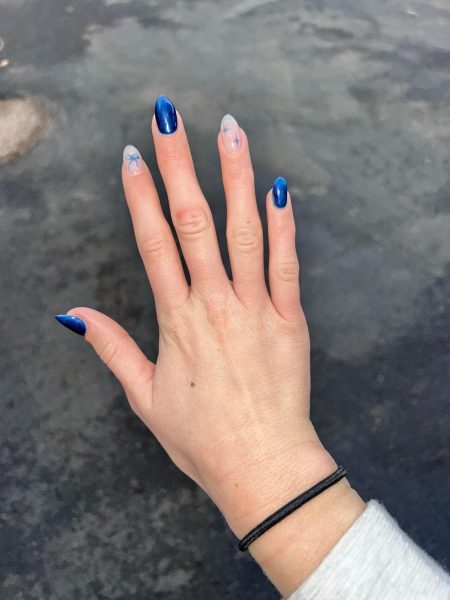We don’t care about the news anymore
I think everyone would be more likely to read this opinion piece if it was just 240 characters or less. I also think it’s pretty ironic that we are Tweeting out a news story about Twitter promoting short attention spans regarding the news.
It’s pretty clear that many Americans access the news in some capacity through their social media, whether it be a Facebook post that their mom’s friend shared, the clickbaiting photos on Snapchat, a news article, update, or a headline while browsing the endless content on their feeds. Media surrounds our day to day lives, and more social media services are putting a greater focus on presenting their users with what they believe to be noteworthy and important news.
Some people choose to subscribe to such pages, accounts, or channels, but other social media don’t give you much of a choice. Twitter’s News feature is included on every user’s account, meaning that real time news stories are presented as one big banner with a photo and a catchy headline, making them hard to avoid. Scrolling down, they list a few other stories numbered 1-19 named “trends for you.” If a user wants to keep exploring, he can scroll down to see “What’s happening” which contain even more stories which are broken down into different categories like “Celebrity Gamers”, “Popular articles” and “Fun”. In a Twitter Poll conducted by the Poolesville Pulse in November asking Twitter users if they use the app as a news source, 90% of respondents said “Yes”.
But which news stories make it into that headline spot at the top that catches everyone’s eye? Any story. This evening the top news story was of the tragic shooting that occurred in an- I just refreshed my Twitter and the story was gone. The headline now reads “Ivanka Trump sent hundreds of emails about government business via her personal account.” The quick turnover from one story to the next allows the audience to quickly jump from a tragedy to a scandal to a ridiculous story about celebrities eating burritos in a matter of minutes. What’s so bad about that? We lose focus on what is important. If we highlight a story and give it importance, we should talk about it. We should fully engage with it instead of reading a sentence or two, getting bored, and hitting refresh to see what Ariana Grande did with a donut this time.
“I feel like the news stories last maybe a couple hours, or less, at the most. Every day there is something new on the popular page,” notes Global Senior Annabelle Headley on the duration of news stories on Twitter.
Twitter turns stories into fads. They spread like wildfire across the platform, once it reaches the target amount of viewers in a certain amount of time, it is on to the next. Stories like “The Wizards continue to be the ‘this is fine’ dog in a fire meme of the NBA” and “Scientists uncover why wombat poop is cube shaped,” can be well written and truly captivating, but informative breaking news stories get lost in the jumble of memes, fads, and Twitter argument threads. This eliminates the typical breakdown of news stories by topics as done by professional journalists and newspapers.
Twitter helps start conversations about news stories, but often times these are short-lived. And more often than that, users usually just retweet or like the story without actually discussing anything. Headley believes that Twitter does have the ability to help initiate conversation, but that more meaningful discussions begin from articles from more reliable sources.
“That allows people to read up on a topic rather than just get a short blurb that you might get from just going on the explore page on Twitter,” explains Headley.
By sandwiching important crises, tragedies, events, and critical information between silly news stories, all located in the same place, switching back and forth between which one gets to be the headliner for those apparent 20 minutes, we stop paying attention. These events begin to feel like fads themselves. We look at them, scroll to see photos and videos, and then quickly move on.

Paulina Mnev is a senior in the Global Ecology program. This will be Paulina’s first year with the Poolesville Pulse, and she will be writing articles...






